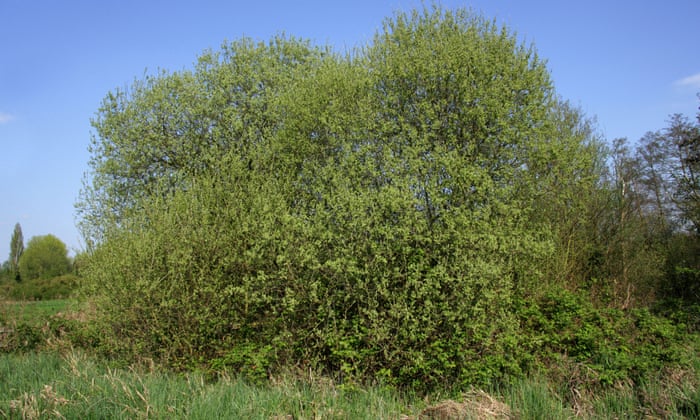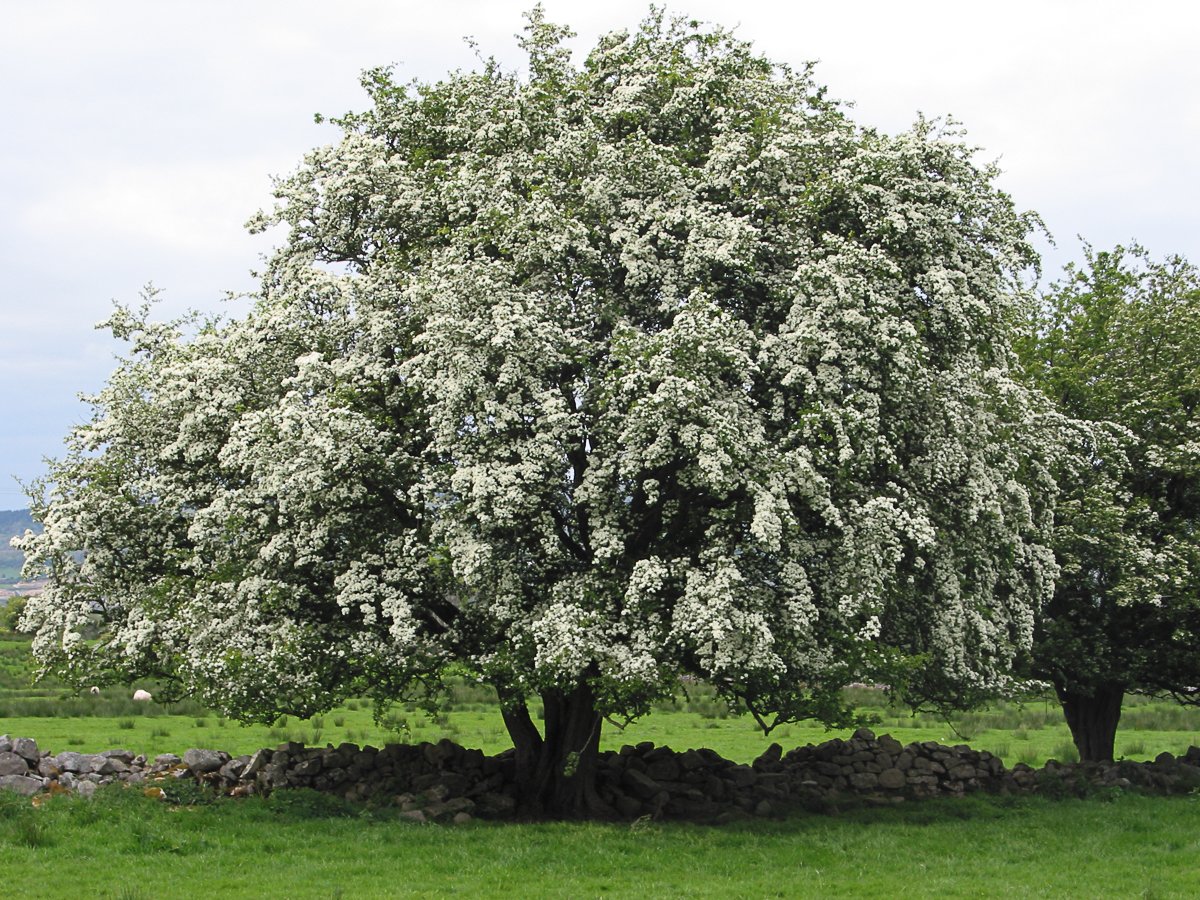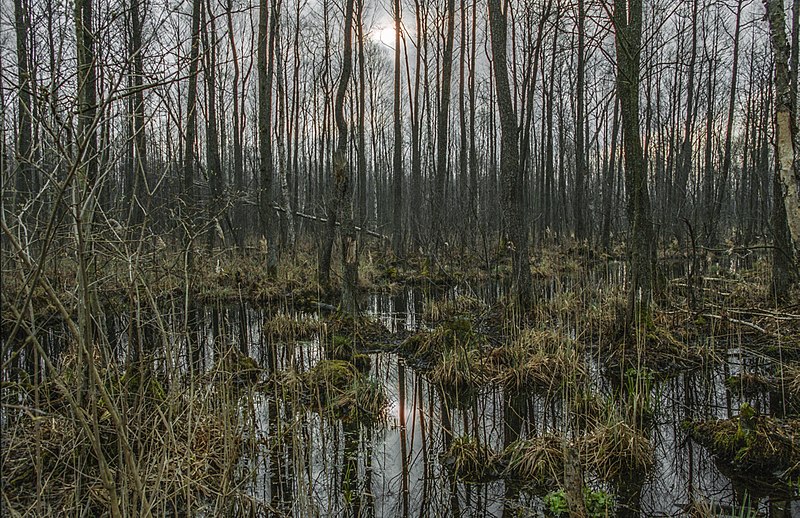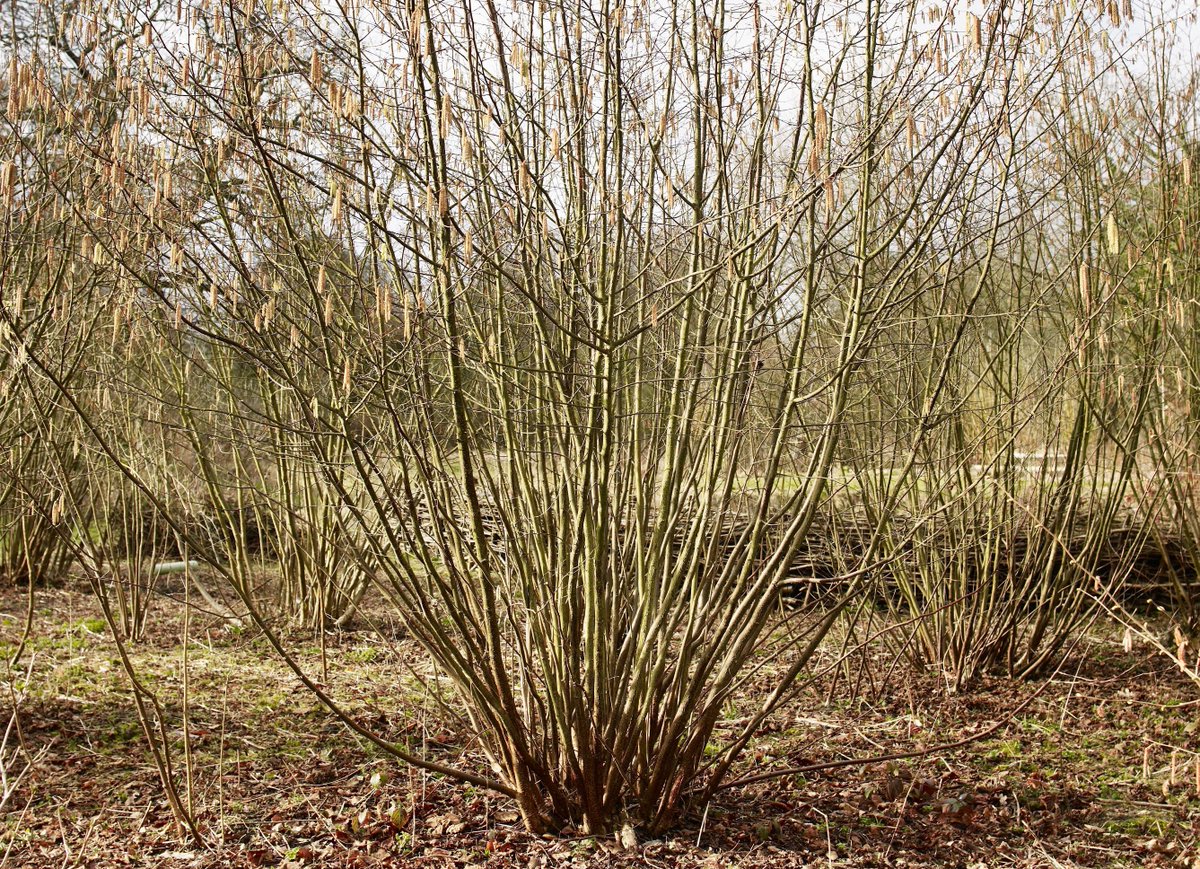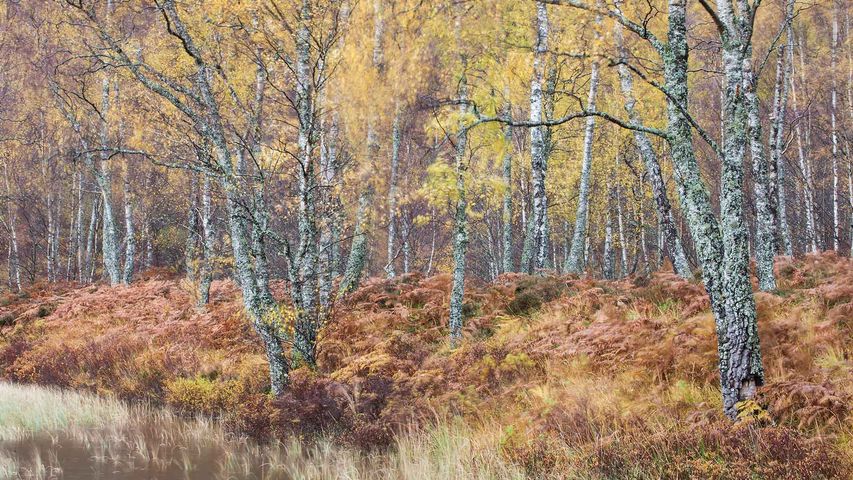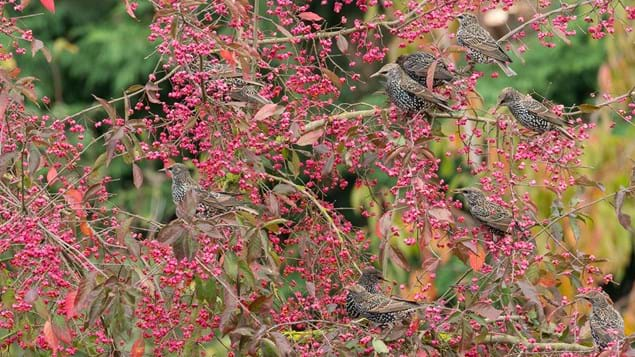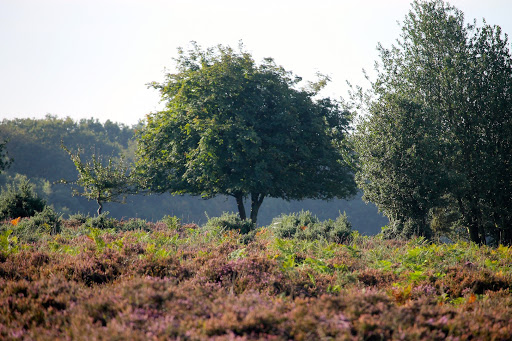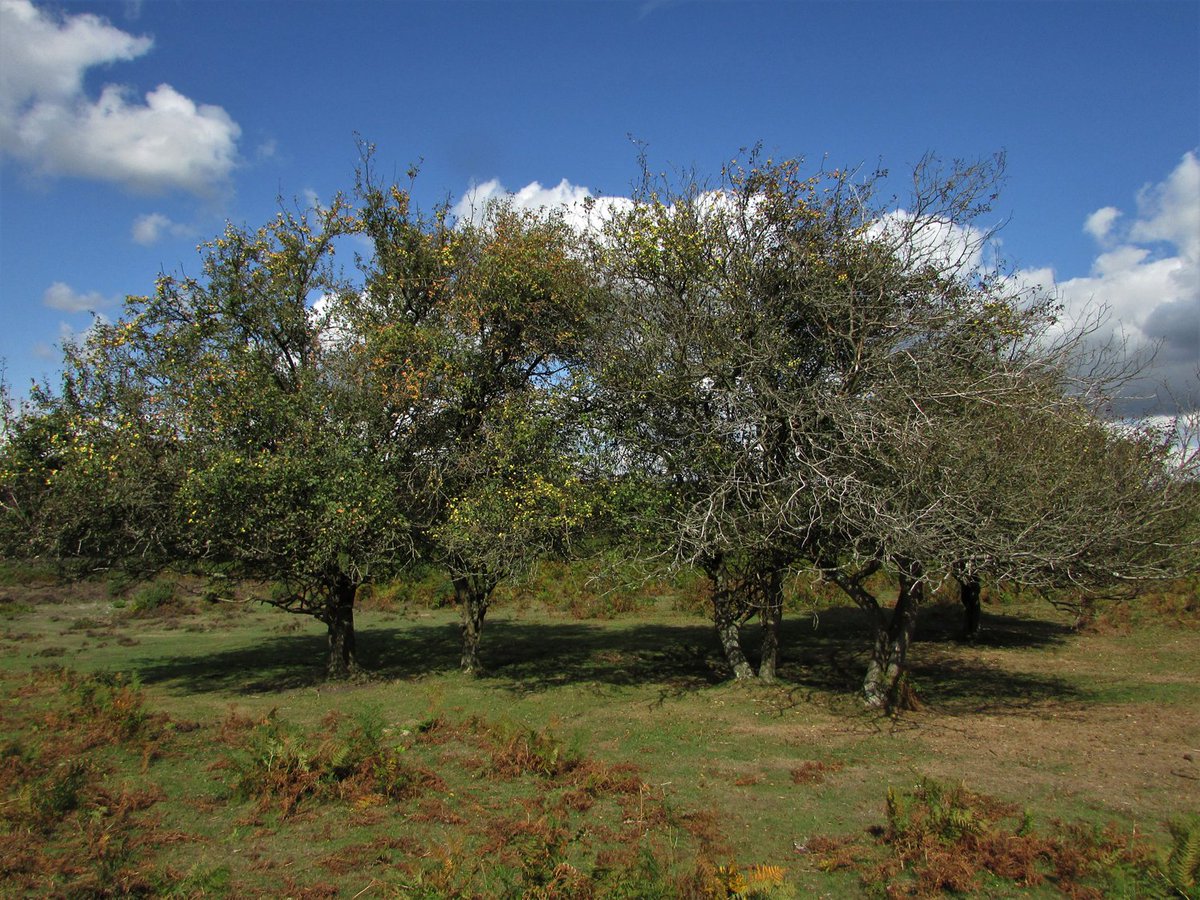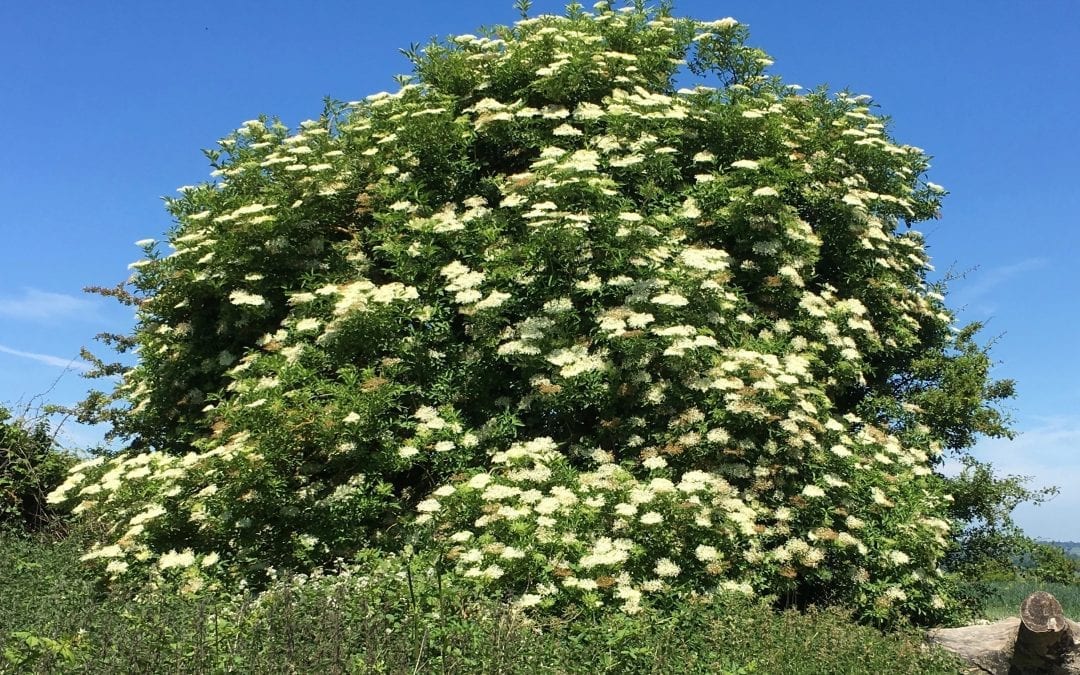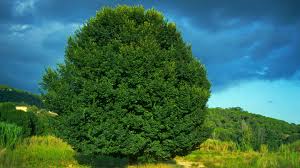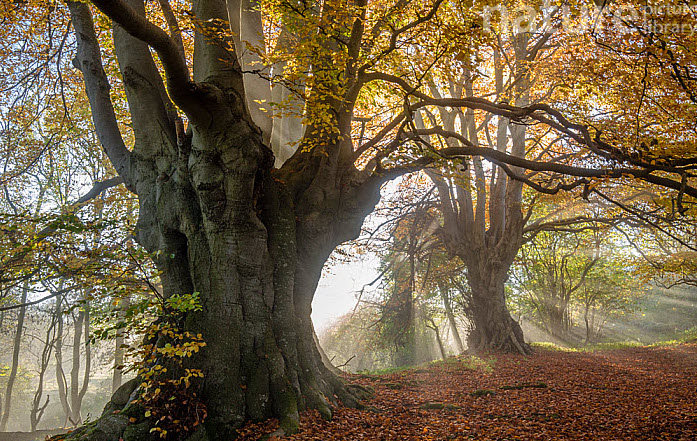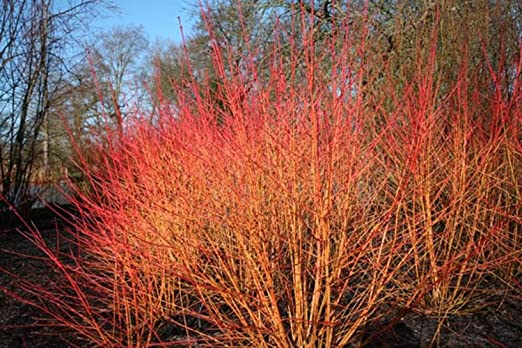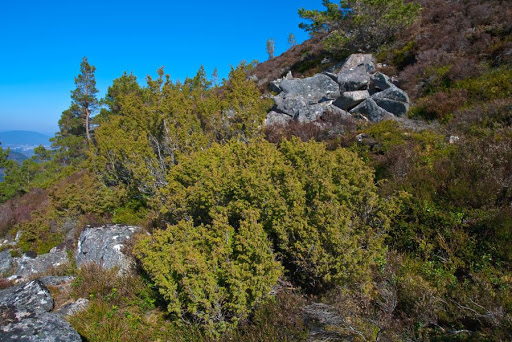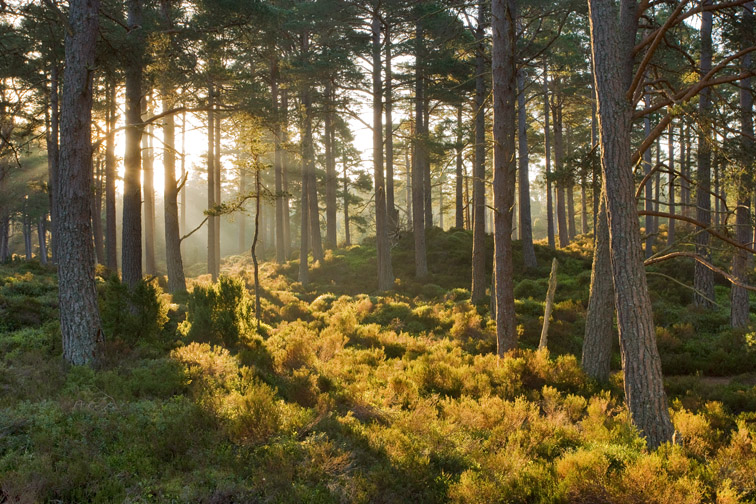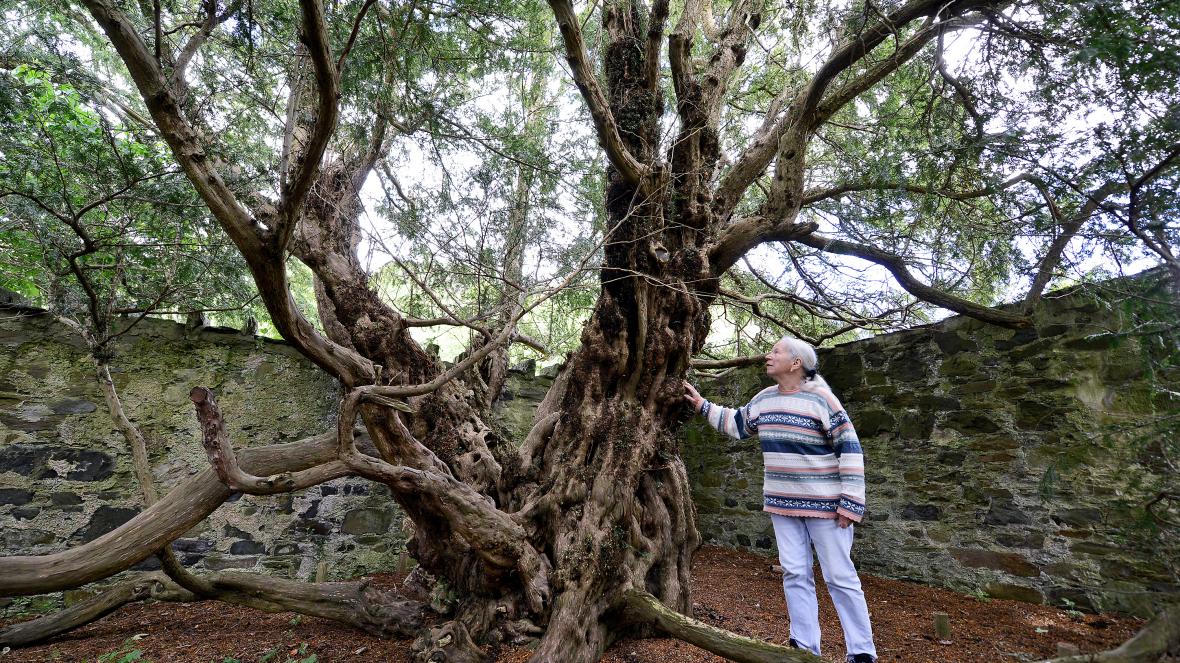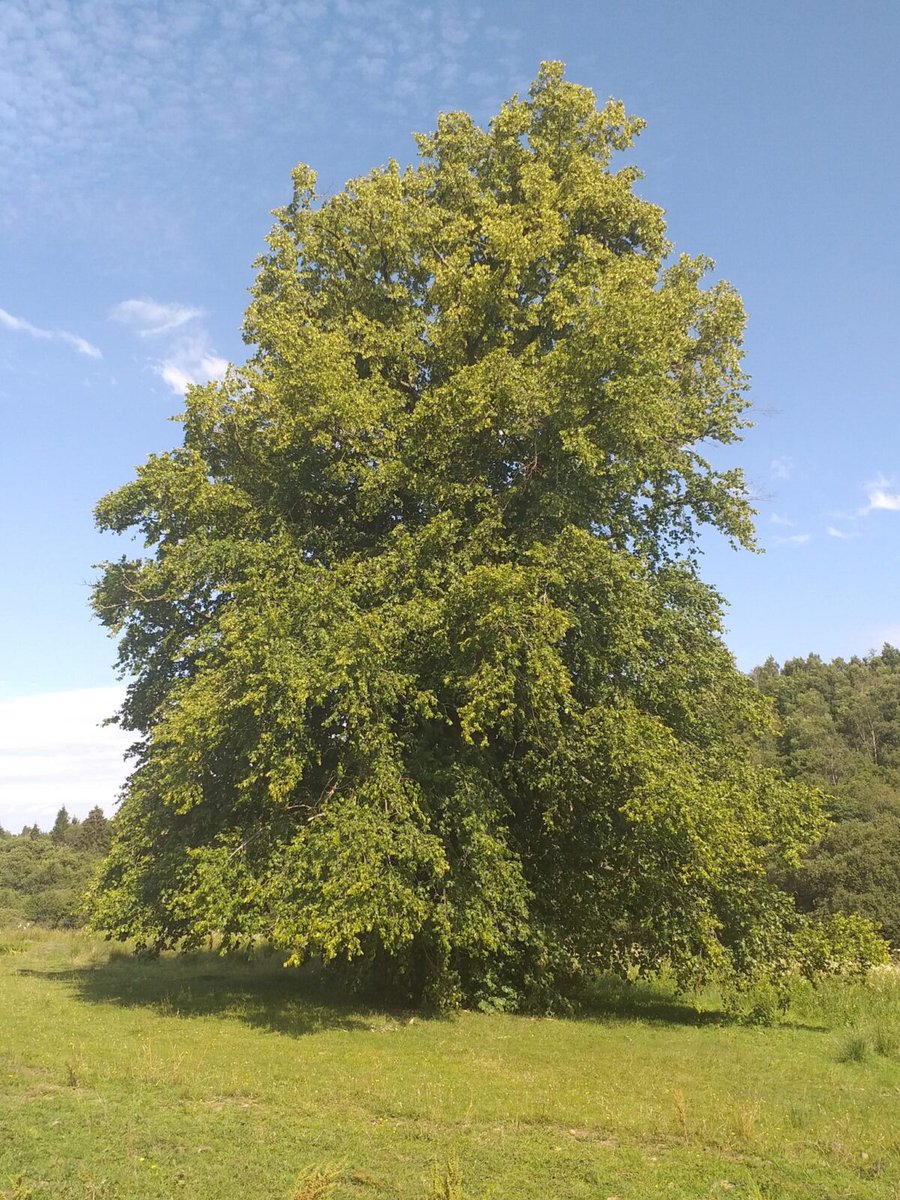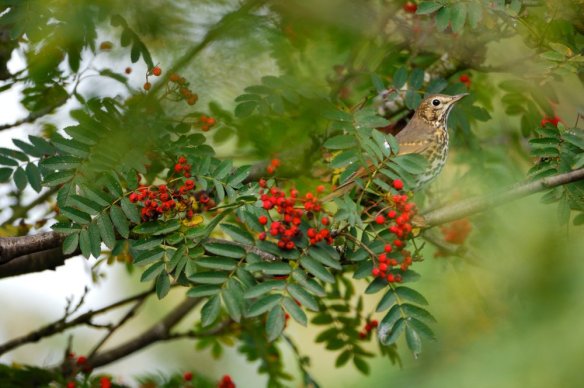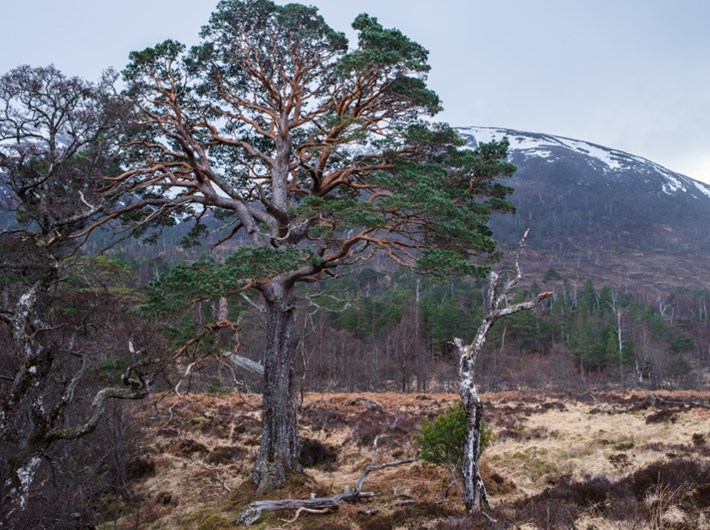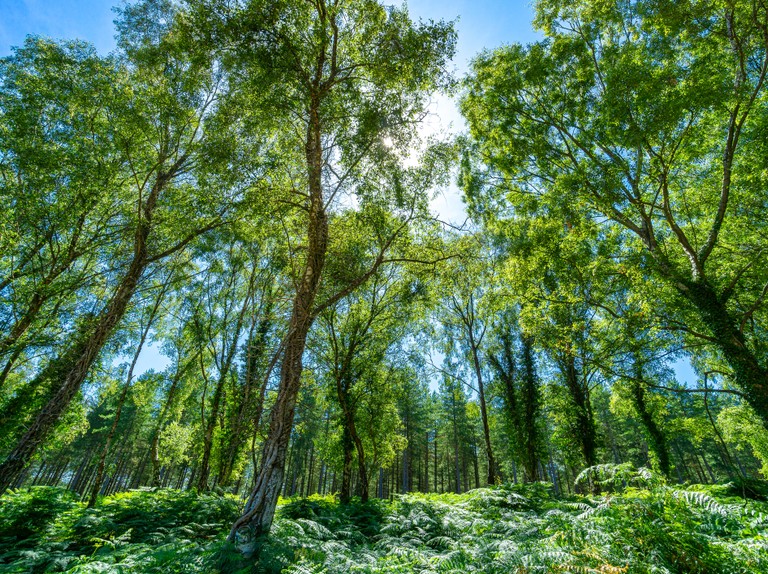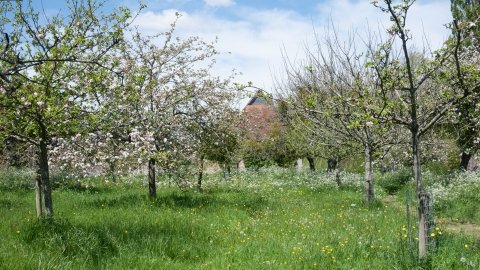It is said we should plant more trees – but which ones? In this thread, let’s celebrate the avian magic of 20 NATIVE TREES that, on being replanted, could help feed and support some of our vanishing birds, whether planted in our nature reserves, farms, woodlands or gardens.
1. OAKS (both English & Sessile), are cathedrals of life. Home to over 326 specialised species, like the purple hairstreak, they are larders for many red-list species like lesser-spotted woodpeckers, and a safe haven for owls, bats, beetles & more. Best aged over 500 years!
2. WILLOW (particularly white and goat), billowing like a perpetually frozen explosion, is a powerhouse of avian diversity. Its moth caterpillar larder feeds cuckoos and other insectivores; treecreepers are drawn to its bark. Willow feeds a landscape with a ready supply of bees.
3. BLACK POPLAR is a forgotten giant of the countryside. Female trees in the UK are now rarer than avocets. Constable’s paintings remind us this was not always the case. Moth-rich, black poplar is a powerful refuge; in eastern Europe, where still common, it flutes with orioles.
4. HAWTHORN, insect-rich, is one of the countryside’s most important trees. Alongside blackthorn, its dense thorn shade is one of the most used of all bird nesting habitats. From song thrush to bullfinch & turtle dove, this protective castle is a fortified scrubland haven.
5. BLACKTHORN, alongside hawthorn, is the fourth richest UK tree for invertebrates. Some butterflies, like the black hairstreak, are entirely dependent upon it. That subtle hedgerow singer, the lesser whitethroat, thrives best in dense castles of this early-flowering tree.
6. COMMON ALDER is a useful tree when alive, but better in death. A streamside favourite, lesser-spotted woodpeckers often nest in its dead limbs and a range of small passerines like redpolls, siskins and tits find food here in the lean times. Alder stumps house willow tits.
7. HAZEL is a powerful force within a woodland. Marsh tits should, perhaps, be called hazel tits. The avian dormice of our woodlands, they show little love for marshes, but often thrive best where dense stands of ancient hazel reside.
8. BIRCH (both downy and silver) is an invaluable tree, often used successfully for forestry, too, in Scandinavian countries. The third richest trees in insects, after oak and willow, its catkins feed 23 species of birds. Birch provides crucial winter food for the black grouse.
9. SPINDLE – ancient, mysterious, overlooked – is a bee powerhouse in summer and favoured by spotted flycatchers. An indicator of ancient hedgerows and wood pastures, spindle continues to be important come the autumn, as red-listed species like starlings adore its berries.
10. HOLLY, famous for its berries, is an important tree throughout the year. Its complex, craggy cavities are beloved by redstarts; firecrests often place their mossy nests within its leaves. Its high-fat berries are crucial to help our song thrushes through the hardest months.
11. CRAB APPLE, or Wild Crab, is a hugely important tree, as is the domesticated orchard apple. Teeming with small flies, wasps and moths, apples are both restaurants and homes. Spotted flycatchers and, in the New Forest, hawfinches, will often nest within its branches.
12. ELDER is enormously under-rated. The fastest vanishing of our resident birds, the willow tit, uses elder more than willow. In its oldest and scruffiest forms, elder fizzes with small moths but its beaver-toxic, soft wood is also excavated by willow tits to make their nests.
13. FIELD ELM is a mighty giant. Professor Ian Newton has found it to be extremely important to greenfinches when feeding their young, a key larder for bullfinch, goldfinch and linnet, and its presence in farmland of great importance to tree sparrow nestlings.
14. BEECH, its branches prone to shearing and falling, is often a cavity-rich tree, beloved in its older years by tawny owls. Huge quantities of mast feed woodland birds in the autumn, and its labyrinthine branches can hide the nests of raptors such as the rare honey-buzzard.
15. DOGWOOD’s moth caterpillar-rich leaves are useful larders for scrubland birds, but it comes into its own in the autumn, feeding robins, song thrushes, tits and many others. American birders often plant dogwood species in their garden to act as bird magnets for garden lists!
16. JUNIPER is one of the forgotten trees of our hillsides. Over 40 insect species and many fungi call its branches home. Species such as black grouse and ring ouzel, in particular, benefit from the presence of juniper berries in their territory.
17. PINE is a cornerstone species with a long list of avian specialists. The turkey-sized capercaillie makes complex use of pine; nesting in bilberry below but feeding on pine needles from much of the spring into the autumn, whilst pollen cones are eaten from May to July.
18. YEW is nowhere near as common as it once was; now a refugee of churchyards in many landscapes. An ancient giant, its denser cover is favoured by nesting mistle thrushes, whilst its berries draw many, particularly marsh tits, from all around.
19. LIMES (both broad and small-leafed) fill a critical summer nectar gap for species such as tits and warblers. Whilst trees such as oak, willow or hawthorn have far more associated insect species, lime becomes a banquet of aphid abundance by mid-summer.
20. ROWAN is the richest berry-bearing tree of all for birds; at least 37 species are known to feast on its berries. Black grouse and ring ouzel benefit from its presence on hillsides, wherever it still grows. Red-listed mistle thrushes are another regular visitor.
Reading the above, you will begin to notice on your walks how many of the largest living organisms in Britain have been quietly removed from your countryside. Others stand as bereft, sad refugees, cut off from their kind. Now, it’s time to put them back.
Trees are not just crops to be grown for timber - we need both forestry and wild woods. Trees sequester carbon, prevent flooding, enrich our lives but most importantly of all, are the cornerstone species that power diversity & abundance in much of the landscape.
The loss of loose-growing, sunlight loving deciduous trees, especially fruiting species, over the past 100 years, has had a devastating effect on our birdlife. The subsidized return of orchards is one viable way that we might turn this around, to the benefit of farmers too.
From farms to woods, fens to gardens, we can & must help our native trees make a comeback. As proposed in Rebirding, we need a new subsidy system that pays not only for timber, but for orchards & wild-woods. Much more in & #39;New Forests& #39; chapter of REBIRDING. https://www.amazon.co.uk/Rebirding-Restoring-Britains-Benedict-Macdonald/dp/1784272191/ref=tmm_pap_swatch_0?_encoding=UTF8&qid=&sr=">https://www.amazon.co.uk/Rebirding...

 Read on Twitter
Read on Twitter

